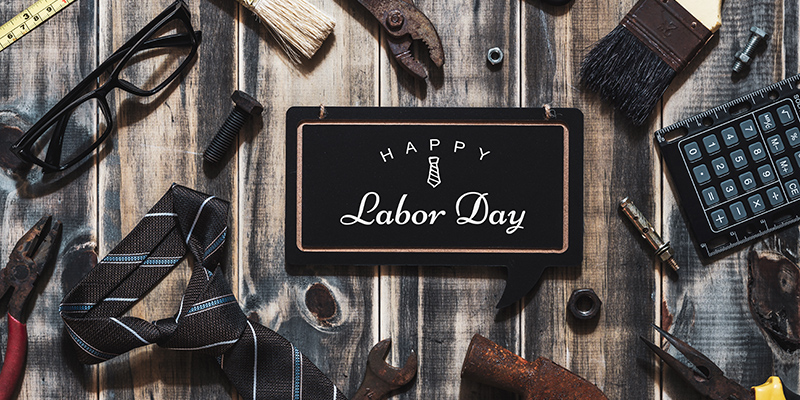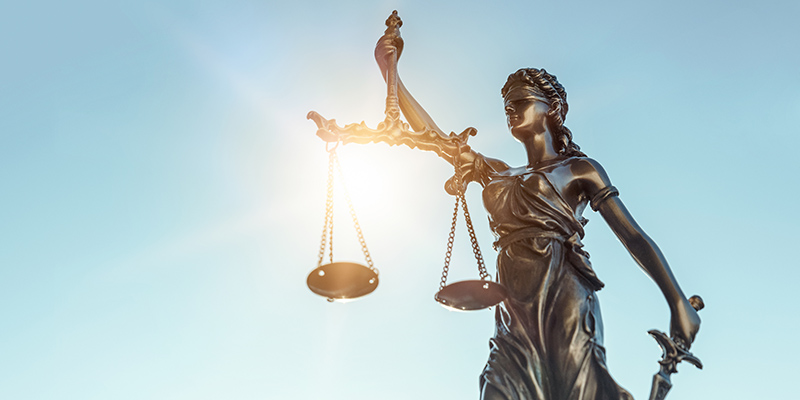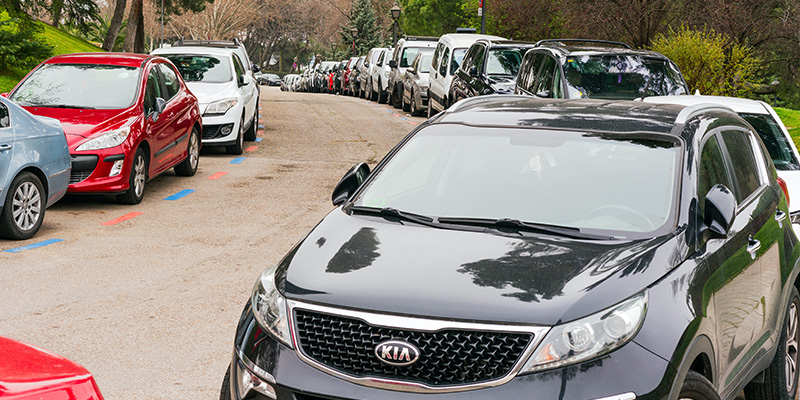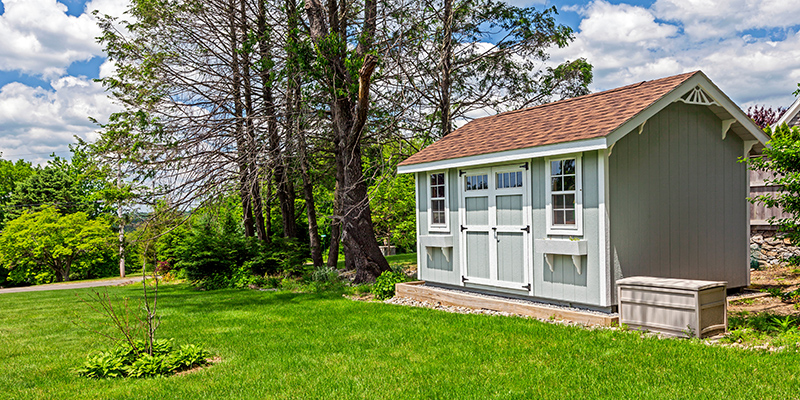11 Amazing Facts About Labor Day You Might Not Know Yet

There are some facts about Labor Day that every American should know. Labor Day carries a significant meaning in the United States, as it honors the labor movement and the contributions of laborers to the country. Far too many people, though, are still unaware of the history behind this federal holiday.
Browse By Category
Sign up for Our Newsletter
There are some facts about Labor Day that every American should know. Labor Day carries a significant meaning in the United States, as it honors the labor movement and the contributions of laborers to the country. Far too many people, though, are still unaware of the history behind this federal holiday.
Interesting Facts About Labor Day
The United States celebrates a number of major holidays, and Labor Day is one of them. A lot of Americans, though, still don’t know the storied past of this important day. Here are some of the most interesting facts about Labor Day that you should be aware of.
1. The First Labor Day Took Place in 1882
One of the most basic Labor Day history facts is when the first occurred. The very first Labor Day was celebrated on the 5th of September, 1882. The Central Labor Union organized the celebration in New York City.
An estimated 10,000 laborers took unpaid leave to join the first Labor Day parade. The workers marched from City Hall all the way to 42nd Street. They concluded the celebration with several speeches, a concert, and a picnic at Wendels Elm Park.
2. Two Men Are Credited With Labor Day
There is some debate about who came up with the idea of the first Labor Day. Some say it was Matthew Maguire, a machinist, while others say it was Peter McGuire, a carpenter. Both men with similar-sounding last names were leaders of rival unions.
3. Oregon Was a Pioneer
No Labor Day trivia list is complete without a nod to Oregon, which was the first state to declare it an official holiday. Oregon made the declaration in 1887 and celebrated with its own parade. Other states, such as New York, Massachusetts, New Jersey, and Colorado, soon followed.
4. Labor Day Became a Legal Holiday in 1894
While the very first Labor Day took place on a Tuesday, Americans today celebrate the holiday on a Monday. In 1894, Congress passed an act that declared Labor Day a legal holiday celebrated on the first Monday in September. President Cleveland signed the bill into law on June 28 of that same year following the Pullman Strike. Interestingly, by that time, a total of 30 U.S. states were already celebrating Labor Day in an official capacity.
 5. Other Countries Celebrate Labor Day, Too
5. Other Countries Celebrate Labor Day, Too
The United States is only one of several countries that celebrate Labor Day. In many others, Labor Day occurs on the first of May, known as May Day. Most European countries celebrate May Day and honor working people on this day. Canada also celebrates Labor Day on the first Monday of September.
6. Labor Day Marks the Unofficial End of Summer
Labor Day began as part of the American labor movement to acknowledge the work and contributions of laborers in the country. Today, most people celebrate Labor Day by partaking in summer activities. Labor Day marks the unofficial end of the summer season, so it is seen as a last hurrah for summer fun.
Additionally, Labor Day also sees the beginning of the football season. Many professional football teams play their first game around Labor Day weekend. Americans use this time to watch the game, have a backyard barbecue, and take one last dip in the pool.
7. The 19th Century Saw 12-Hour, 7-Day Work Weeks
During the 19th century, American laborers worked for 12 hours a day, 7 days a week. This gave them no time at all to rest and recharge. This all changed in 1916 through the passing of the Adamson Act, which swapped the 12-hour work day for an 8-hour one.
8. Not Everyone Gets the Day Off
Given that Labor Day celebrates the American workforce, it only seems right that workers get the day off. However, labor laws in the U.S. don’t require employers to give employees time off for holidays or vacations. The law does not mandate employers to give paid leaves or paid holidays.
Still, Labor Day as a paid holiday is a common perk that many companies offer. Of course, larger businesses can’t completely shut down for a day, so these companies still ask some staff members to report to work. Furthermore, Labor Day weekend is a popular time for sales, so retail workers don’t typically get the day off either.
9. The Origins of “No White After Labor Day”
Some people believe wearing white after Labor Day is distasteful or unfashionable. The origin of the expression, though, as historians believe, dates back to the late 19th century. When the upper class would come home from their summer vacations, they would pack away their white summer clothes in time for school and work. This unspoken rule allowed the elite to keep their circles exclusive.
While not wearing white after Labor Day was a practice back then, it is no longer something people uphold today. Even fashion legend Coco Chanel broke the rule as far back as the 1920s.
 10. Travel Plans Spike Around Labor Day
10. Travel Plans Spike Around Labor Day
Want some Labor Day fun facts? Here’s one — Americans tend to travel more around this time. As mentioned before, Labor Day marks the unofficial end of summer, so many people see it as their last opportunity to have fun before school and work schedules tighten. The three-day weekend is a perfect getaway since Labor Day falls on a Monday.
11. Celebrations Have Changed, But Some Remain the Same
Many states then put on extravagant parades and concerts to celebrate Labor Day. Times have changed, though, and not all states have maintained this tradition.
The first Labor Day parade in New York City and the Central Labor Council still put on a good show every year. The Labor Day Parade in NYC takes place a little north of where the original march occurred.
Other things have stayed the same. After the first parade, American workers ended the day with a picnic and fireworks. Today, many Americans still celebrate the holiday with barbecues, picnics, fireworks, and good company.
Celebrate With Thought
These facts about Labor Day should help you better understand the meaning behind this federal holiday. While people have different ways of celebrating this day, its history and significance should never be forgotten along the way.
RELATED ARTICLES:
- The History Of Labor Day: What It Truly Means
- 5 Ideas To Celebrate Thanksgiving In Your HOA
- 5 Yummy Christmas Cookie Recipes The Family Will Love
Trending Now
Related Article
Sign up for Our Monthly Newsletter
Sign up below for monthly updates on all HOA Resource
















